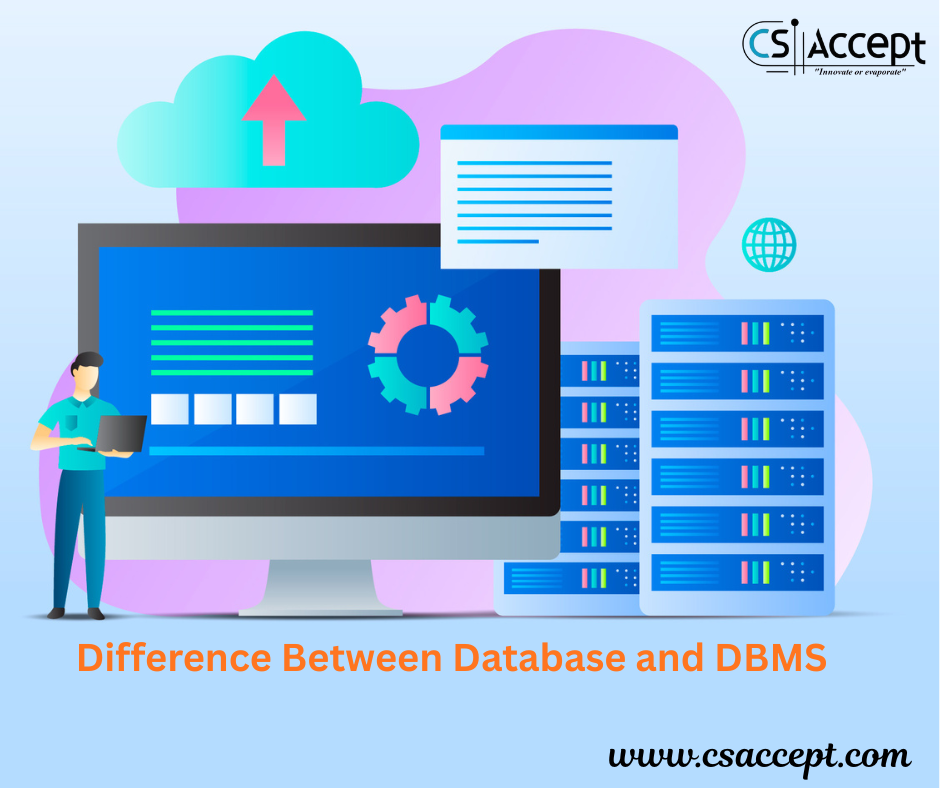
1. Introduction
Breadth-First Search (BFS):
BFS is a graph traversal algorithm that starts at the source node and explores all its neighboring nodes level by level, moving outward before going deeper.
Depth-First Search (DFS):
DFS explores a graph by going as deep as possible down one path before backtracking. It uses recursion or a stack.
2. BFS vs DFS – Key Differences Table
| Feature | BFS (Breadth-First Search) | DFS (Depth-First Search) |
|---|---|---|
| Traversal Strategy | Level-order (breadth-wise) | Depth-wise (deep along branches) |
| Data Structure Used | Queue | Stack (or recursion) |
| Shortest Path | ✅ Yes, finds shortest path in unweighted graph | ❌ Not guaranteed |
| Memory Usage | High (stores all neighbors) | Low (stores path only) |
| Recursive? | ❌ Not inherently (usually iterative) | ✅ Naturally recursive |
| Suitable For | Shortest path, levels, spreading processes | Solving puzzles, backtracking, connected comp. |
| Implementation Simpler? | Slightly more complex (needs queue) | Simpler via recursion |
| Completeness | Complete (explores all reachable nodes) | Complete |
| Time Complexity | O(V + E) | O(V + E) |
| Space Complexity | O(V) | O(V) |
3. BFS and DFS with Example
Consider the graph below:
A
/ \
B C
| |
D EAdjacency List Representation
graph = {
'A': ['B', 'C'],
'B': ['D'],
'C': ['E'],
'D': [],
'E': []
}4. BFS Implementation (Python)
from collections import deque
def bfs(graph, start):
visited = set()
queue = deque([start])
while queue:
node = queue.popleft()
if node not in visited:
print(node, end=' ')
visited.add(node)
for neighbor in graph[node]:
if neighbor not in visited:
queue.append(neighbor)
bfs(graph, 'A')BFS Output:
A B C D E5. DFS Implementation (Recursive)
visited = set()
def dfs(graph, node):
if node not in visited:
print(node, end=' ')
visited.add(node)
for neighbor in graph[node]:
dfs(graph, neighbor)
dfs(graph, 'A')DFS Output:
A B D C ENote: DFS output may vary depending on neighbor order in the list.
6. Visualization of Traversal
BFS (Level Order)
- Visit
A - Then its neighbors
B,C - Then their children
D,E
Traversal order:
A → B → C → D → EDFS (Depth First)
- Visit
A - Go deep to
B, then toD - Backtrack to
A, then go toC, thenE
Traversal order:
A → B → D → C → E7. Applications of BFS
- Shortest path in unweighted graphs
- Peer-to-peer networks (e.g., BitTorrent)
- Web crawlers
- Social networking websites (finding people within k connections)
- GPS Navigation (unweighted roads)
8. Applications of DFS
- Cycle detection
- Solving puzzles (e.g., Sudoku, Maze)
- Topological sorting
- Strongly connected components (Kosaraju’s algorithm)
- Checking bipartite graphs
- Connected components in undirected graphs
9. Time and Space Complexity
| Algorithm | Time Complexity | Space Complexity |
|---|---|---|
| BFS | O(V + E) | O(V) |
| DFS | O(V + E) | O(V) |
10. Summary: When to Use BFS vs DFS
| Situation | Use |
|---|---|
| Find shortest path in unweighted graph | BFS |
| Solve a puzzle (like maze, Sudoku) | DFS |
| Graph with many levels | DFS |
| Check connectivity or component structure | DFS |
| Spread/infect all nodes level-wise | BFS |
| Real-time pathfinding in games/maps | BFS |
| Backtracking-based search | DFS |







